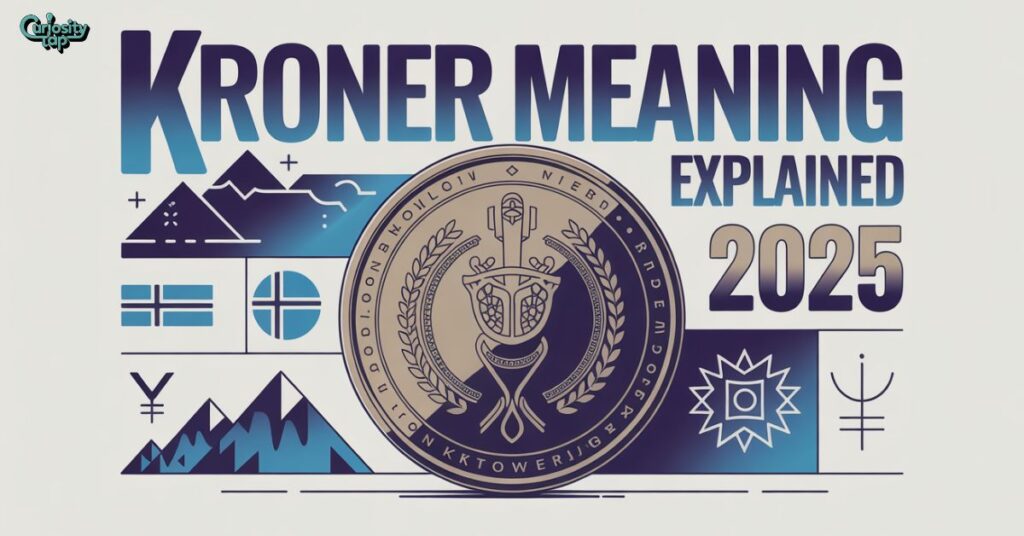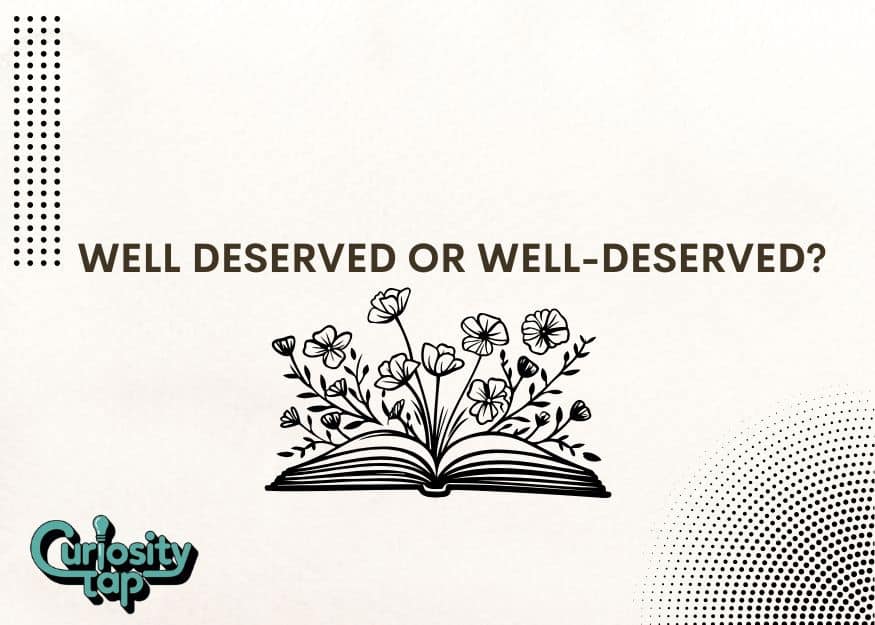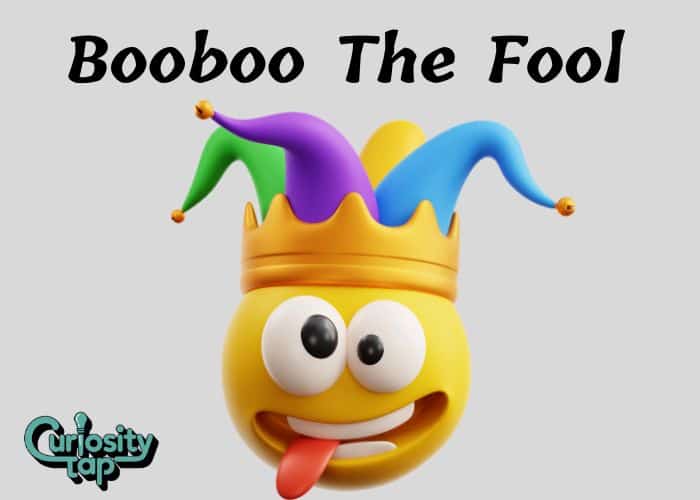Understanding the term kroner is essential for anyone interested in Scandinavian currencies. This guide delves into the kroner meaning, its historical significance, modern usage, and practical insights for travelers and investors in 2025.
Whether you’re planning a trip to Denmark, Norway, or Sweden, or simply curious about the kroner and its variants, you’ll find valuable information here.
Understanding Kroner
Definition of Kroner
Kroner is the plural form of krone, the currency used in Denmark (Danish Krone – DKK), Norway (Norwegian Krone – NOK), and Sweden (Swedish Krona – SEK).
Each of these currencies plays a unique role in its respective economy and has its own currency code as defined by the ISO (International Organization for Standardization).
Historical Origin
The term krone dates back to the 19th century, deriving its name from the Latin word for crown, “corona.”
Historically, the Scandinavian Monetary Union formed in 1873 unified the currencies of Denmark, Norway, and Sweden under the crown concept.
It lasted until 1914, after which each country returned to its own currency system.
Kroner in Modern Currencies
In today’s financial landscape, kroner represents not just a form of currency but also a symbol of national identity.
Each crown-based currency has adapted to modern economic challenges, such as inflation and currency stability, while retaining cultural significance.
Danish Krone (DKK)
The Danish Krone (DKK) is the official currency of Denmark, and its usage extends to Greenland and the Faroe Islands.
The krone is subdivided into øre, with 100 øre equaling one krone.
Currency Stability
Denmark has a strong commitment to maintaining a stable currency, often pegging the DKK to the euro within the ERM II framework.
As of 2025, the exchange rate typically hovers around 7.4 DKK to 1 EUR. This stability is crucial for both local and international investors.
Economic Indicators
- Inflation Rate: Low and stable, averaging around 1.5% in recent years.
- Industrial Exports: Key sectors include pharmaceuticals, shipping, and renewable energy.
- Currency Outlook (2025–2030): Analysts predict steady growth, supported by Denmark’s robust tech industry growth and commitment to a renewable energy transition.
Also Read: Snowball Kiss Meaning 2025: A Comprehensive Guide
Norwegian Krone (NOK)
The Norwegian Krone (NOK) serves as Norway’s primary currency and is also divided into øre.
Oil-Driven Economy
Norway’s economy heavily relies on oil and gas exports, making the NOK a petro-currency. Fluctuations in global oil prices can lead to significant economic volatility.
Currency Strength and Volatility
- Exchange Rate: The NOK has experienced periods of volatility against major currencies like the USD and EUR. As of 2025, the exchange rate is approximately 9.2 NOK to 1 USD.
- Investment Opportunities: The NOK can serve as a diversification tool for investors, especially in the energy sector.
Swedish Krona (SEK)
The Swedish Krona (SEK) is the official currency of Sweden and is also divided into öre.
Economic Stability and Growth
Sweden boasts a diversified economy with strengths in technology and manufacturing. The SEK has remained relatively stable due to prudent fiscal policies and a strong export base.
Currency Comparison
- Exchange Rate: The SEK is generally stable, with an exchange rate of about 10.5 SEK to 1 USD.
- Cultural Significance: The krona is featured on banknotes that showcase important national figures, enhancing its cultural symbolism.
Comparing the Three Currencies
When comparing the three crown-based currencies, several factors come into play:
| Currency | ISO Code | Approx. Exchange Rate to USD (2025) | Stability | Key Economic Sectors |
|---|---|---|---|---|
| Danish Krone | DKK | 7.4 | Stable | Pharmaceuticals, Renewable Energy |
| Norwegian Krone | NOK | 9.2 | Moderate | Oil and Gas, Shipping |
| Swedish Krona | SEK | 10.5 | Stable | Technology, Manufacturing |
Cultural Differences in Currency Use
Each currency reflects its country’s identity. For example, the Danish Krone often symbolizes stability, while the Norwegian Krone reflects Norway’s wealth in natural resources.
The Swedish Krona embodies innovation and design, making it a symbol of Sweden’s modernity.
Kroner Beyond Currency
Kroner in Everyday Speech
In casual conversation, the term kroner appears frequently in discussions about prices, wages, and everyday expenses. It’s essential for anyone living in or traveling to these countries to understand how to use kroner in context.
Cultural and Symbolic Meaning
The kroner carries rich symbolism in Scandinavian cultures. It’s often associated with national pride, as seen in royal portraits featured on banknotes.
The crown symbolizes authority and heritage, reinforcing the connection between currency and cultural identity.
Practical Guide for Travelers and Investors
Where You’ll Encounter Kroner in 2025
Travelers can expect to encounter kroner in various forms, such as notes and coins. Most establishments now accept cashless payments through mobile apps and credit cards, reflecting the region’s shift towards a cashless economy.
Currency Conversion Insights
When converting currencies, it’s vital to check current exchange rates. Here’s a quick reference table for conversions:
| Currency Pair | Exchange Rate (Approx. 2025) |
|---|---|
| DKK to USD | 0.13 |
| NOK to USD | 0.11 |
| SEK to USD | 0.095 |
Investing in Kroner
Investing in kroner can be a sound financial strategy, especially for those looking to diversify their portfolios. However, it’s essential to consider the following:
- Economic Indicators: Monitor inflation rates and industrial exports to gauge currency strength.
- Market Trends: Stay updated on the Forex market for better timing in investments.
Also Read: Lumon Definition And Meaning: What It Stands For In Text, Language & Usage
Key Takeaways
- Kroner is the plural form of krone, used in Denmark, Norway, and Sweden.
- Each currency is distinct but interconnected through historical ties and modern economic frameworks.
- Understanding the kroner meaning provides insights into not just currency but also the culture and economy of the Scandinavian region.
Final Word
In conclusion, the kroner represents more than just a unit of currency; it embodies the cultural identity and economic reality of Denmark, Norway, and Sweden.
As we look toward 2025 and beyond, understanding the nuances of these currencies will be crucial for travelers, investors, and anyone interested in the dynamics of Scandinavian economies.
FAQs
What is kroner?
Kroner refers to the plural form of krone, the currency used in Denmark (DKK), Norway (NOK), and Sweden (SEK).
What does kroner mean in finance?
In finance, kroner represents a form of currency that plays a significant role in the economies of the Nordic countries.
What’s a kroner?
A kroner is a unit of currency, specifically the plural of krone, used in three Scandinavian countries.
How to convert kroner to USD?
To convert kroner to USD, refer to current exchange rates, which fluctuate based on market conditions. For example, 1 DKK is approximately 0.13 USD.
What are the differences between kroner, krone, and krona?
- Kroner: Plural term for the currency.
- Krone: Singular term, used in Denmark and Norway.
- Krona: Singular term, used in Sweden.
By understanding the kroner meaning and its implications, you can navigate the financial landscape of Scandinavia more effectively.
Read more knowledgeable blogs on Curiosity Tap
Is this article helpful?

Jackson Pearson is a passionate educator and language enthusiast behind the blog Jackson Pearson. With years of experience in teaching and writing, he specializes in simplifying complex grammar rules, breaking down tricky vocabulary, and crafting learning guides that are both engaging and practical. His mission is to help readers boost their English skills whether they’re beginners or brushing up for fluency. Through every article, Jackson brings clarity, structure, and a spark of curiosity to the world of English learning.



